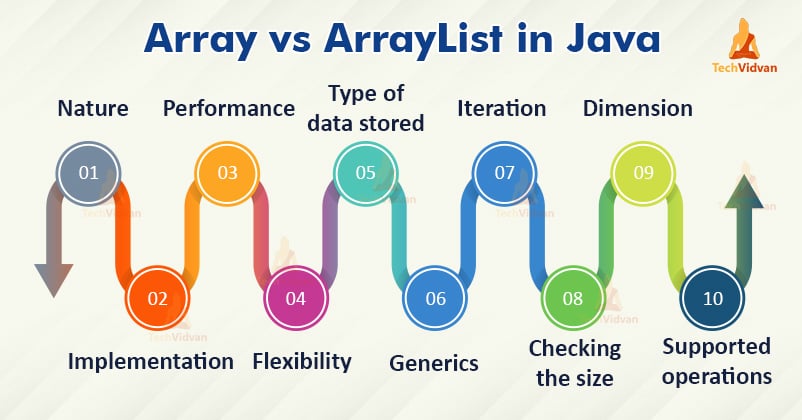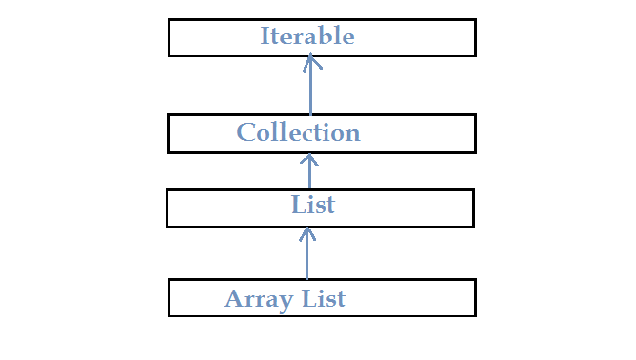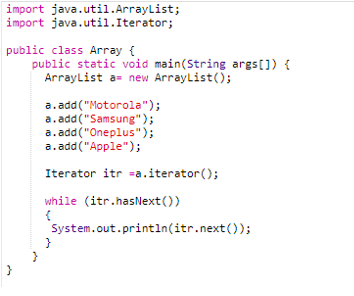

This however works fine: List> sets = new ArrayList>() This won't compile: // Error: generic array creation Set sets = new Set You can't create an array of generic elements. we don't have to write list.add(new Integer(5)). So despite the fact that a List can only hold Integer values, we can still use list.add(5), i.e.

See JEP 218: Generics over Primitive Types.)Īutoboxing: Luckily there's something called autoboxing which silently transforms an int to an Integer behind the scenes. (Support for this is under way and might be available in something like Java 13. You can have a List of integers, but you'll have to use List. add( 5, 17) // insert 17 at index 5 PrimitivesĪn arrray can store primitive values. Lists however, also allows you to insert an element in the middle, shifting all subsequent elements from index i to i + 1.
Java array vs arraylist example update#
Insertionīoth arrays and lists allow you to update the content at a specific index. Most list types (including ArrayList) provide List.add and List.remove which allows it to grow and shrink. You can for instance not append an element to the end of an array, or remove an element. Once you've created an array, it can't be resized.

Unless you have a specific reason to use an array (such as those mentioned above), use a List, such as an ArrayList.

We cannot use generics along with array because it is not a convertible type of array.ĪrrayList allows us to store only generic/ type, that's why it is type-safe.Īrray provides a length variable which denotes the length of an array.ĪrrayList provides the size() method to determine the size of ArrayList. We use an iterator to iterate over ArrayList. We use for loop or for each loop to iterate over an array. It automatically converts primitive type to object. We cannot store primitive type in ArrayList. The resize operation in ArrayList slows down the performance.Īn array can store both objects and primitives type. It performs fast in comparison to ArrayList because of fixed size.ĪrrayList is internally backed by the array in Java. We can create an instance of ArrayList without specifying its size. It is mandatory to provide the size of an array while initializing it directly or indirectly. It contains popular classes like Vector, HashTable, and HashMap.Īn array is a fixed-length data structure.ĪrrayList is a variable-length data structure. The ArrayList is a class of Java Collections framework. It serves as a container that holds the constant number of values of the same type. The following table describes the key differences between array and ArrayList: BasisĪn array is a dynamically-created object. They do not preserve the order of elements.Array and ArrayList both can store null values.Array and ArrayList both are used for storing elements.ArrayList arrayObj=new ArrayList()//object of ArrayListĪrrayObj(new Integer(12)) //converts integer primitive to Integer object and added to ArrayList object


 0 kommentar(er)
0 kommentar(er)
